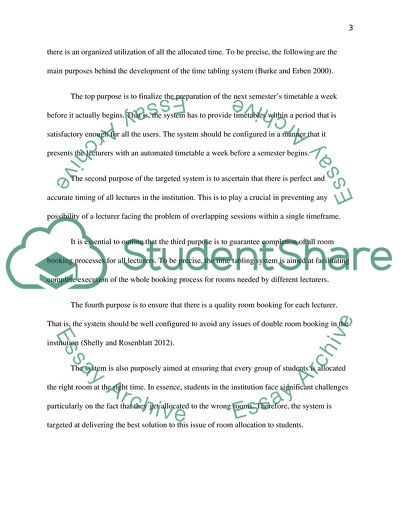Cite this document
(System Analysis and Design Report Example | Topics and Well Written Essays - 2500 words, n.d.)
System Analysis and Design Report Example | Topics and Well Written Essays - 2500 words. https://studentshare.org/systems-science/1844184-system-analysis-and-design
System Analysis and Design Report Example | Topics and Well Written Essays - 2500 words. https://studentshare.org/systems-science/1844184-system-analysis-and-design
(System Analysis and Design Report Example | Topics and Well Written Essays - 2500 Words)
System Analysis and Design Report Example | Topics and Well Written Essays - 2500 Words. https://studentshare.org/systems-science/1844184-system-analysis-and-design.
System Analysis and Design Report Example | Topics and Well Written Essays - 2500 Words. https://studentshare.org/systems-science/1844184-system-analysis-and-design.
“System Analysis and Design Report Example | Topics and Well Written Essays - 2500 Words”. https://studentshare.org/systems-science/1844184-system-analysis-and-design.


